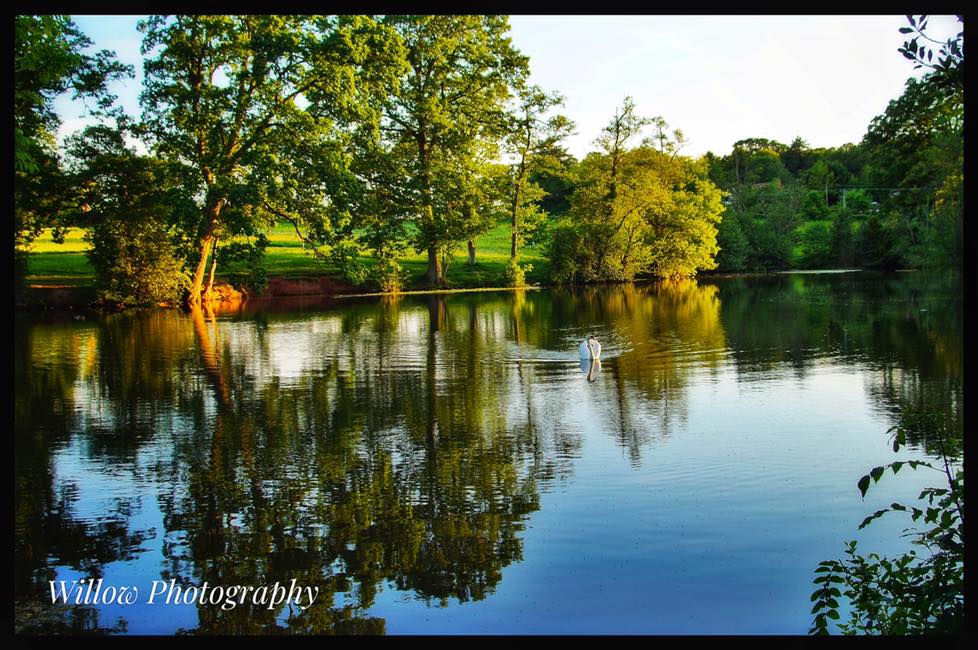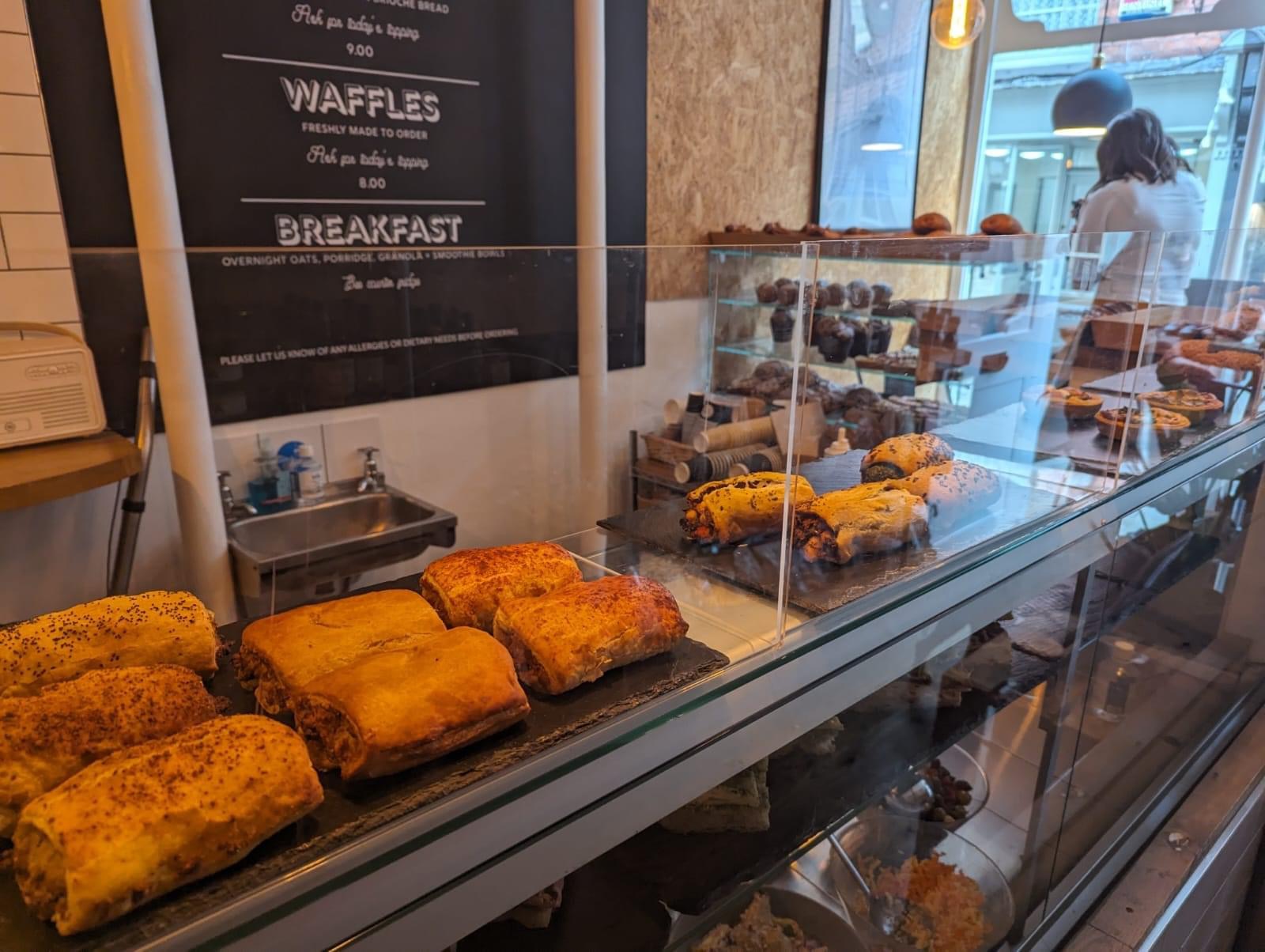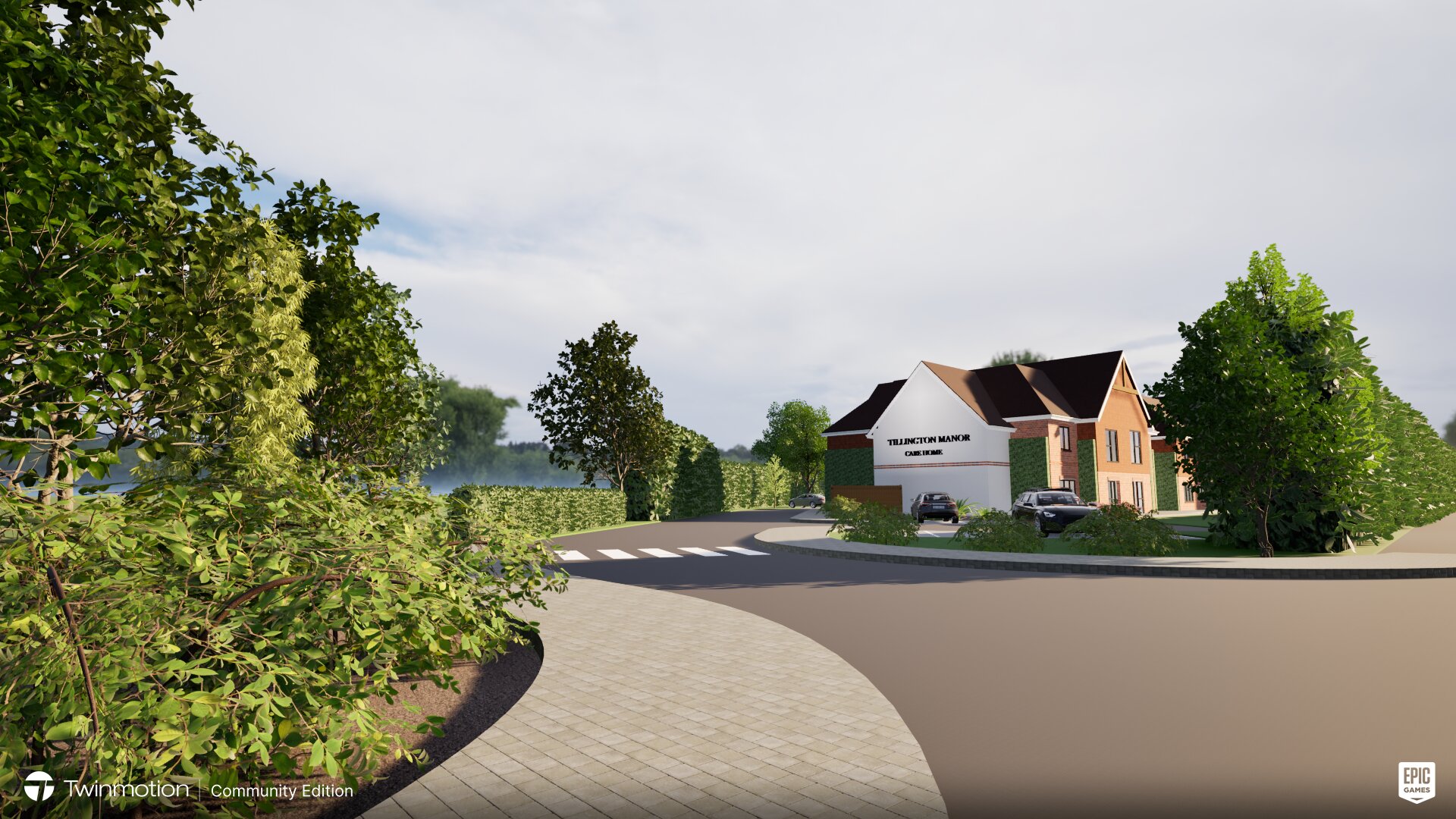Herefordshire councillors are calling for conservation status to protect Belmont and the surrounding landscape and heritage assets.
Belmont Rural councillor Tracy Bowes will ask the full council meeting on Fri 8 October to protect the land around Belmont and the adjoining hamlets, including the Abbey Church of St Michael and All Angels, Belmont Pools and the Country Park; the National Trust properties on both sides of the river and the Green Bank field to the South of Warham House – a Field in Trust.
The call follows the deterioration of Belmont House, a grade 2* listed building which has been regularly accessed and vandalised by youngsters over recent months.
Cllr Bowes will tell councillors: ‘This is not only worrying from a historic perspective but also the building is in a dangerous state of repair. Ceilings and floors could collapse and cause serious injury to children.’
‘The declaration of a conservation area does not mean that Herefordshire council would gain control of these areas of land, but the declaration would set a framework to influence and enlighten stewardship of these beautiful areas. This motion is about protecting the environment for our residents, our future residents, and future generations.’
Cllr Bowes commends the work of Belmont Rural Parish Council work to protect existing open spaces in the area, including Abbey View West, East and Jubilee Field.
‘During lockdown the number of visitors to Belmont and surrounding areas increased dramatically, many people were not aware of the beautiful walks and scenery they had around them. They were surprised and delighted to walk around the fields. Our greenspaces are beautiful and deserve to be protected.’
Describing the area as ‘a gem’ Conservation archaeologist, Cllr Jeremy Milln says: ‘The area around Belmont, comprising Abbey, House, Park, and ancillary buildings set about a glorious reach of the River Wye extending across to Warham and Breinton, has been described as an astonishing historical agglomeration.’
‘Belmont features the work of some of England’s best Georgian and Victorian architects and landscape designers. James Wyatt (1746-1813), Humphry Repton (1752-1818), Edward Welby Pugin (1834-75) William Nesfield (1794-1881) and George Stanley Repton (1786-1858) from the office of John Nash, worked there.’
Belmont has artistic heritage and is included in the works of the George Romney, James Wathen, George Robert Lewis and Herefordshire’s Brian Hatton (1887-1916), most of whose work is curated by the county’s Museum Service.
With its ‘borrowed’ landscapes of Breinton and Warham, Belmont is a key site for the Wye Tour and the development of the English Landscape Style, perhaps this Nation’s greatest contribution to European art. Richard Payne Knight’s didactic Poem The Landscape (1794) and Matthews’ response A Sketch from the Landscape, are seminal texts for the study of the Picturesque Movement whose debate with Uvedale Price of neighbouring Foxley, began here in Herefordshire.
Belmont is also the site of a Benedictine community, whose magnificent Abbey church became the Roman Catholic cathedral for the Diocese of Menevia (Wales).
‘In spite of its historical importance the Belmont Landscape remains unprotected,’ says Cllr Milln. ‘ Although many of its buildings are listed, Historic England declines to register the park and gardens, claiming that its beauties are more natural than man-made and that it has been altered by a golf course done in the 1980s. The golf course is abandoned and the Wyatt/Pugin house and grounds are in a state of alarming deterioration. Our senior conservation officer has confirmed he will support any move that will result in better protection of the house and its setting in the surrounding landscape.’




